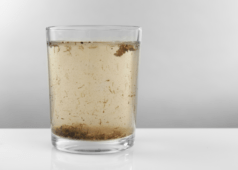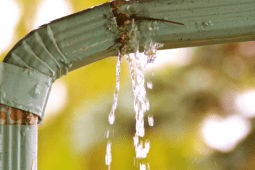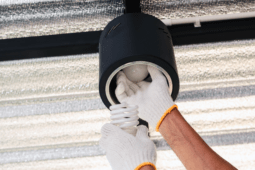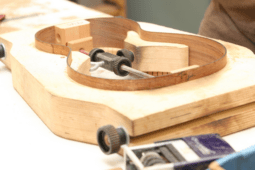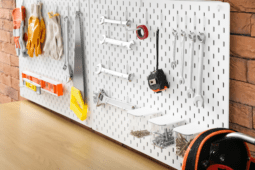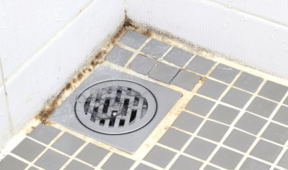How to Remove Epoxy From Any Surface
When it comes to heavy-duty bonding adhesives, epoxy is one you will likely run into. It is versatile enough to be used in a wide array of repair projects, too. Anything from fixing old furniture to patching up cracked floors, epoxy can do it.
But what happens when you need to remove it? There are a variety of reasons why you would want to remove old epoxy, after all. So, what can you do to get that old epoxy off? Well, you can either use a paint thinner, acetone, a heat gun, or simply a putty knife. It all depends on just how tough the epoxy is to remove.
Why You Might Want to Remove Epoxy
Even the best among DIYers and professionals have accidents. Maybe you have used adhesives like this more than you can count. Still, it is not uncommon for a dab here or there to be leftover on the surfaces you are working on.
Or you may find that you want to remove the item or surface bonded by epoxy. In that situation, you would have to remove the epoxy in order to remove the old material. This is not uncommon but requires a solution for removing that old epoxy.
An Important Note About Removing Epoxy
It is important to note that not all epoxy removal situations are the same. The ease of the removal will depend on whether or not the epoxy has dried (cured). If you can get to the epoxy before it has had a chance to dry, the easier it will be to remove.
Epoxy that cures is a much different beast than uncured epoxy. In most cases, you are dealing with epoxy that has already cured. The good news is that there are more than a few methods for removing that cured epoxy.
Tools & Supplies
Whether you are dealing with cured or uncured epoxy, it is necessary to have the right tools for the job. Otherwise, it is going to be a struggle to get that epoxy completely off. Let’s break it down into two categories: cure and uncured.
Cured Epoxy. If the epoxy has already cured, don’t worry. Depending on the age and toughness of the epoxy, there are more than a few things that you will need. Gloves for safety are a must and clean cloths for when you manage to get the epoxy up.
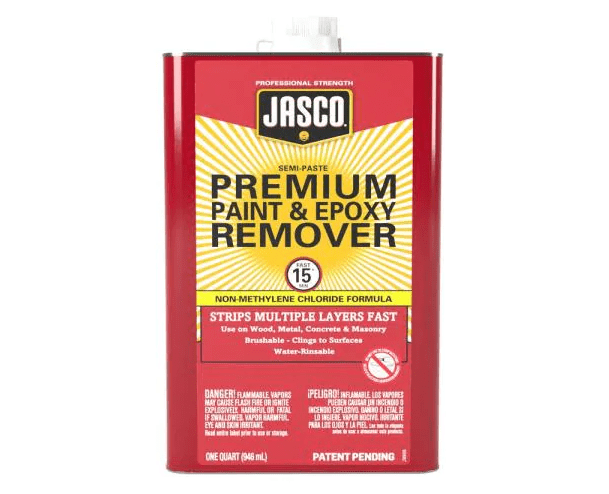
As for the actual removal, you will need a scraper of some sort. You will also need some sort of adhesive remover or paint thinner. If that doesn’t work, it helps to have a heat gun available to soften the epoxy so you can scrape it up later.
Uncured Epoxy. If the epoxy is uncured, you are definitely in a much better position to remove it. Having gloves is a good idea when working with or removing epoxy. Having acetone or isopropyl alcohol should be enough to get uncured epoxy up. Just make sure to wipe the surface clean after removing the epoxy to get rid of the traces.
How To Remove Expoxy From Any Surface
Removing Epoxy from Skin
One of the most common reasons for needing to remove epoxy is that it has gotten on your skin. Without proper hand protection, there is always a chance that you could get epoxy on your skin. Depending on the strength of the epoxy, it can have a variety of effects.
In the best-case scenario, your skin will get irritated. But should the epoxy cure on your skin, there is a chance that peeling it could rip up your skin. Wear gloves to keep yourself protected from epoxy whenever you are using it.
If you get some on your skin, you can use a hand cleaner or acetone to get the epoxy off. Just make sure to rub thoroughly until the epoxy is removed and then wash your hands to remove any residue that may be leftover. Should you go with a cleaner, citrus-based cleaners are typically better for removing epoxy.
Removing Epoxy From Glass or Plastic
Epoxy can come in quite handy when it comes to sealing cracked window pains or repairing broken plastic pieces. That said, use epoxy with a bit of caution as it can be quite a pain to remove when applied on delicate surfaces.
Soak a rag or paper towel in isopropyl alcohol and rub it along the surface. Slowly but surely, the epoxy should start to wear off. Should the epoxy prove to be too stubborn for isopropyl alcohol, then you will need a paint thinner or denatured alcohol to do the trick.
For the latter, you are using it to weaken the epoxy’s adhesive. You can then use the scraper to gently pry up the epoxy from the surface. When the epoxy has been removed, take a wet rag and gently scrub the surface to remove any remnants of the epoxy.
Removing Epoxy from Metal and Other Hard Surfaces
The good news is that any of the previously used methods can work on metal and other hard surfaces. And since metal is tough enough to stand up to harsh treatment, a chemical adhesive remover will work just fine as well.
If you use chemical adhesive removers, make sure to wear protective equipment. Those chemicals can be nasty and result in seriously irritated skin or worse.
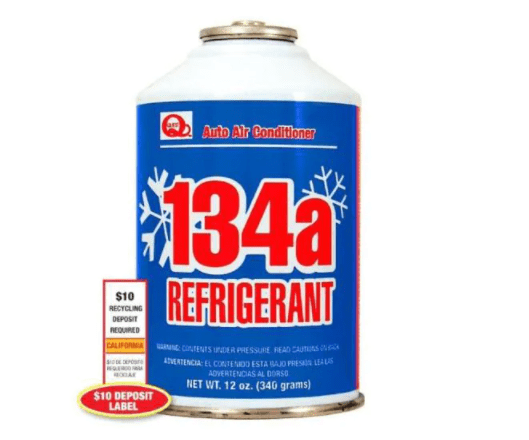
Another method that you can use for metal and other hard surfaces is a spray refrigerant. The refrigerant can freeze particularly tough epoxy, which makes it more brittle. When the epoxy becomes brittle, you can chip away at it using your scraper. It is also a dangerous chemical, so make sure that you have the proper safety equipment as well as proper ventilation.
Removing Epoxy from Concrete or Wood
Using epoxy as a floor finisher is becoming a quite popular option. The only issue there is that the resin can get into places that it isn’t supposed to. You want to avoid paint thinners and alcohol here because it can discolor and damage most wood finishes.
Acetone is the best bet for removing epoxy from concrete or wood. Acetone can soak into porous surfaces, surrounding and loosening the epoxy so that it can be peeled away. The best part is that, if you have any epoxy left over, it will evaporate away.
Should acetone not work well on your wooden surface, heat should make for a fine alternative. Heat can loosen the epoxy so that it can be scraped away. If you don’t have a heat gun, a hairdryer can work in its place. Just make sure to hold far enough away from the wood where you loosen the epoxy but don’t damage the wood.
Removing Epoxy from Fabrics
Maybe after using epoxy for a major fix you notice some of it on your clothes. Instead of tossing your clothes, you can remove the epoxy without doing any damage to the fabric. Avoid paint thinners or acetone here as they could discolor or even dissolve the fabrics.
You want to avoid more abrasive methods like scraping, too, since it could damage the fabric as well. So, what does that leave? It’s time to grab your trusty heat gun and get to work softening up the epoxy for eventual removal.
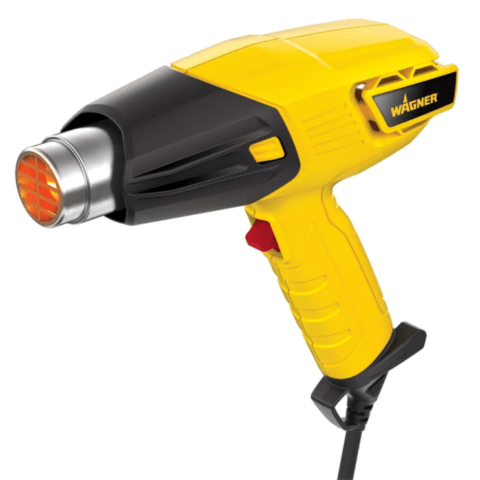
Don’t have a heat gun? There’s another way to heat the epoxy. Carefully dip the fabric into a pot of boiling water in intervals of no more than a few seconds. The heat from the water should be enough to sufficiently soften it, allowing you to peel it up.
Be careful using the boiling water method. While linen and cotton won’t be damaged by boiling water, wool could drink and synthetic fabrics could melt. For these materials, try using vinegar to loosen the epoxy before trying to peel it away.
Using Steam: If you want to get really fancy with it, you can always try to combine some of these methods by using steam instead. You get the heat and moisture mixture that can loosen and even dissolve the epoxy regardless of surface.
Steam is good because it is less messy than some of the other methods on the list. It can work to break down the epoxy, loosening it or removing it entirely. It can even dissolve the film or residue that gets leftover.
When dealing with heat, it is imperative to exercise caution. Too much heat can damage the material, depending on what it is. You also need to either own or rent a steam cleaner, which can add costs to the removal process.
Call a Professional
Depending on the severity of the issue, a DIY method may not work to your satisfaction. The final resort is to bring in a professional to remove that epoxy. It might require a little more in terms of costs upfront, but you can get the peace of mind in knowing that the job is being done right.
Not only that, but you can trust that a professional service has all the necessary tools to do the job right regardless of material. That ensures that your surfaces are not damaged in the process.

